- Country of destination: Spain
- Country of origin: Morocco
- Sectors: Agriculture, Horticulture, and Food Processing
- Skill level: Low
- Timeline: 2006 -2008
- Number of beneficiaries: 1,200 per year
Overview
The Cartaya program, funded by the European Union, created an institutional structure and protocol for improving recruitment in Morocco. It allowed Moroccan migrants to temporarily harvest fruit in the province of Huelva.
Why was it started?
During the Spanish economic boom that started in the early 2000s, the Huelva region experienced extraordinary growth in the number of migrants. The council in one of the region’s town, Cartaya, applied for and received financial aid from the European Union to develop the Comprehensive and Ethical Management of Circular Migration between Morocco and Huelva (AENEAS-CARTAYA) agreement. The program is a provincial adaptation of the Spanish national temporary migration program.
How does it work?
The program provided logistical support for the recruitment and integration of Moroccan migrants. It coordinated the different phases of recruitment and managed the institutions involved in the movement of seasonal workers from Morocco to Spain. The program sought to ensure the orderly inflow of Moroccan workers and to avoid past mistakes. The Foundation for Foreign Workers in Huelva (FUTEH), which led the program, worked with the main actors involved (local governments of the main municipalities in the berry sector, employers associations, trade unions, immigrants associations, and the Moroccan Employment Agency [ANAPEC]).
What impact has it had?
The program had a positive impact on all actors and countries involved, providing employers with a reliable and efficient labor force and providing migrant workers with a steady and formal source of income. Workers earned more than they would have in Morocco and received job and language training.
The program exceeded all expectations in terms of the number of workers recruited. During 2006, 2007, and 2008, more than 21,000 work residence permits were issued, exceeding local expectations of managing a flow of some 2,000 workers. The pre-selection and selection process were precise, and the share of workers who returned to Morocco was high. Given its success, the program was extended.
- Enríquez, C.G. 2011. “Temporary migration between Morocco and Spain (ARI).” Area: Demography, Population and International Migrations 111: 1–7.
- González Enríquez, C., and M. Reynés Ramón. 2011. Circular migration between Spain and Morocco: Something more than agricultural work? METOIKOS, Case Studies.
- Ibáñez, Z., M. Acebillo, and M. León. 2015. Voluntary, involuntary and programmed circular migration in Spain: The case of Moroccan workers in the berry-producing region of Huelva (Spain). Institut de Govern i Polítiques Públiques, Bellaterra, Spain.
- Molinero Gerbeau, Y. 2020. “Dos décadas desplazando trabajadores extranjeros al campo español: una revisión del mecanismo de contratación en origen.” Panorama Social 31.

